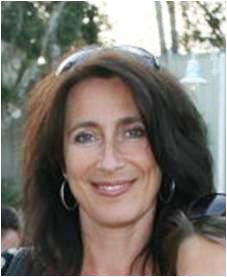Important findings from Stokke's group published in "Cell Cycle"

The authors delineate, for the first time, three independent molecular pathways that are involved in the arrest in the G2 phase after ionizing radiation. These arrest-mechanisms are activated at different times after radiation-exposure generating DNA double-strand breaks, thus ensuring that lymphocytes never enter mitosis after higher doses of ionizing radiation.
A summary of the findings: (from the authors)
Cell cycle checkpoints ensure that eukaryotic cells do not enter mitosis after ionizing irradiation (IR). Lymphocytes, even most malignant cell lines, arrest permanently in G2 after higher doses of ionizing radiation (IR, ≥4Gy). This is in contrast to most cells from solid tissue, which eventually adapt to the checkpoint and divide. The authors studied the time evolution of the IR-induced G2-arrest in human B-lymphocyte cancer cell lines, as well as the molecular mechanisms responsible for the arrest.
Cells that are in G2 phase at the time of irradiation experience a transient, ATM-dependent arrest that blocks entry into mitosis at 0-2hours after IR (0.5 or 4Gy). A late, permanent and ATM-independent arrest (≥6hours after IR) of cells that are in G2/S/G1 at the time of irradiation (4Gy) cannot be explained by down-regulation of genes with functions in G2/mitosis (e.g. PLK1, CCNB1/2), since the down-regulation is transient and not accompanied by reduced protein levels. However, the persistent phosphorylation of CHEK1 after 4Gy suggested a role for CHEK1 in the late arrest, consistent with the abrogation of the arrest in CHEK1depleted cells. TP53 is not necessary for the late G2-arrest, but mediates an intermediate arrest (2-10hours after IR) independently of ATM and CHEK1. In conclusion, the IR-induced arrest in G2 is mediated by ATM immediately after irradiation, with TP53 for independent and transient back-up, while CHEK1 is necessary for the late arrest.
Links:
PubMed:
Three independent mechanisms for arrest in G 2 after ionizing radiation.
Landsverk KS, Patzke S, Rein ID, Stokke C, Lyng H, De Angelis PM, Stokke T.
Cell Cycle. 2011 Mar 1;10(5).
Our institution does not subscribe to Cell Cycle. Interested readers who want a copy of the publication with Supplementary Material, may send a request to tstokke@rr-research.no.
Trond Stokke's group - The Molecular Radiation Biology